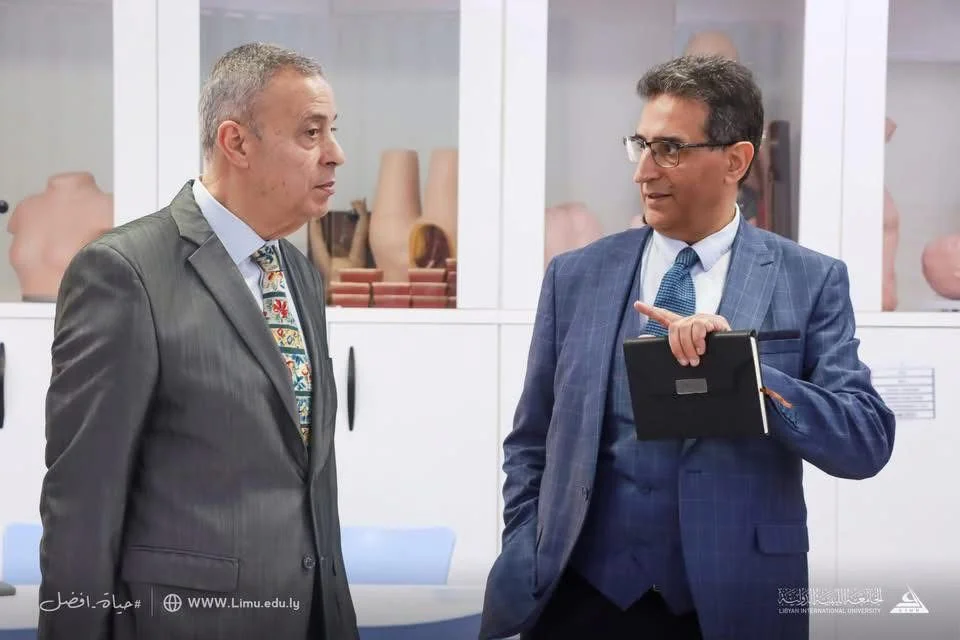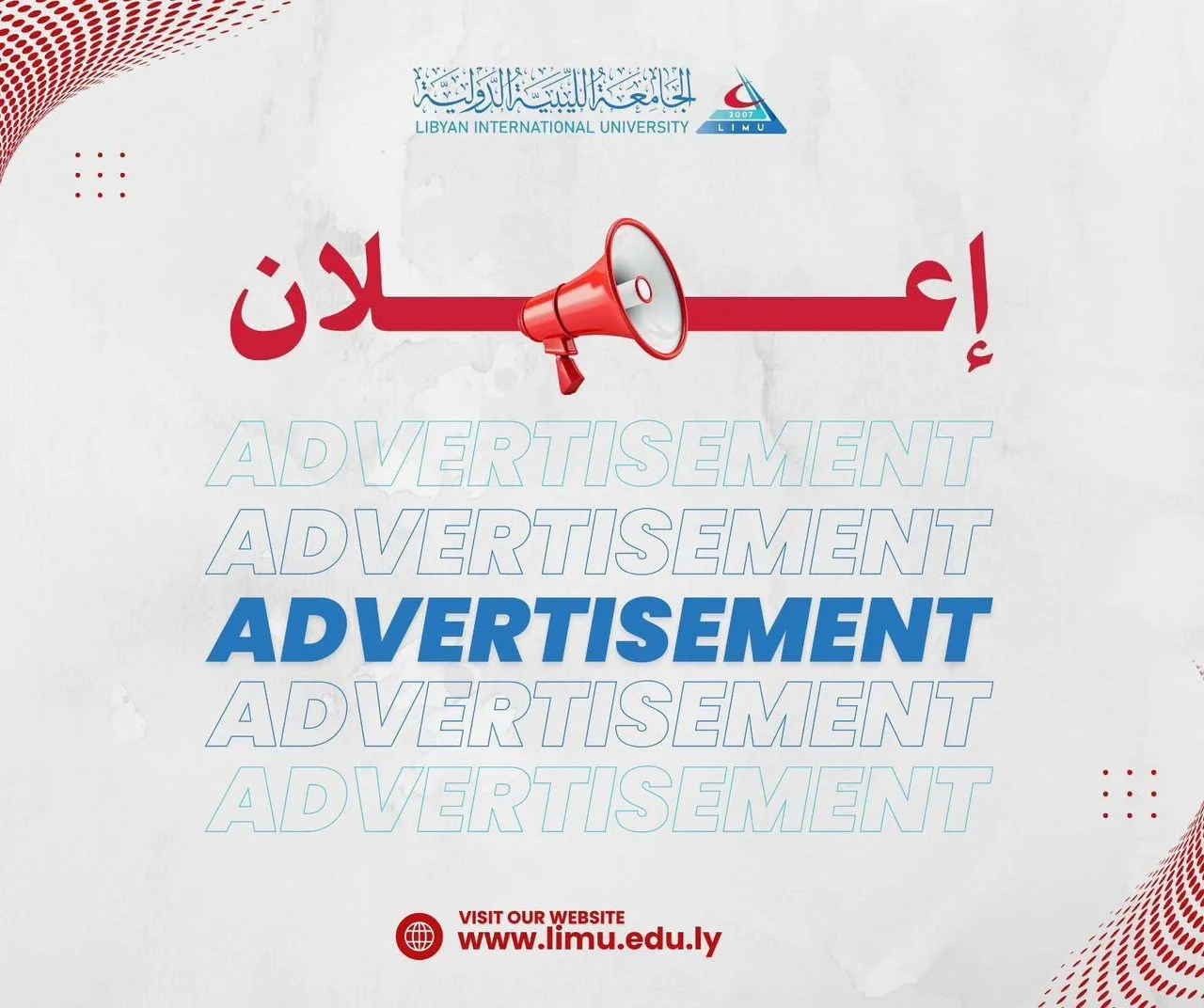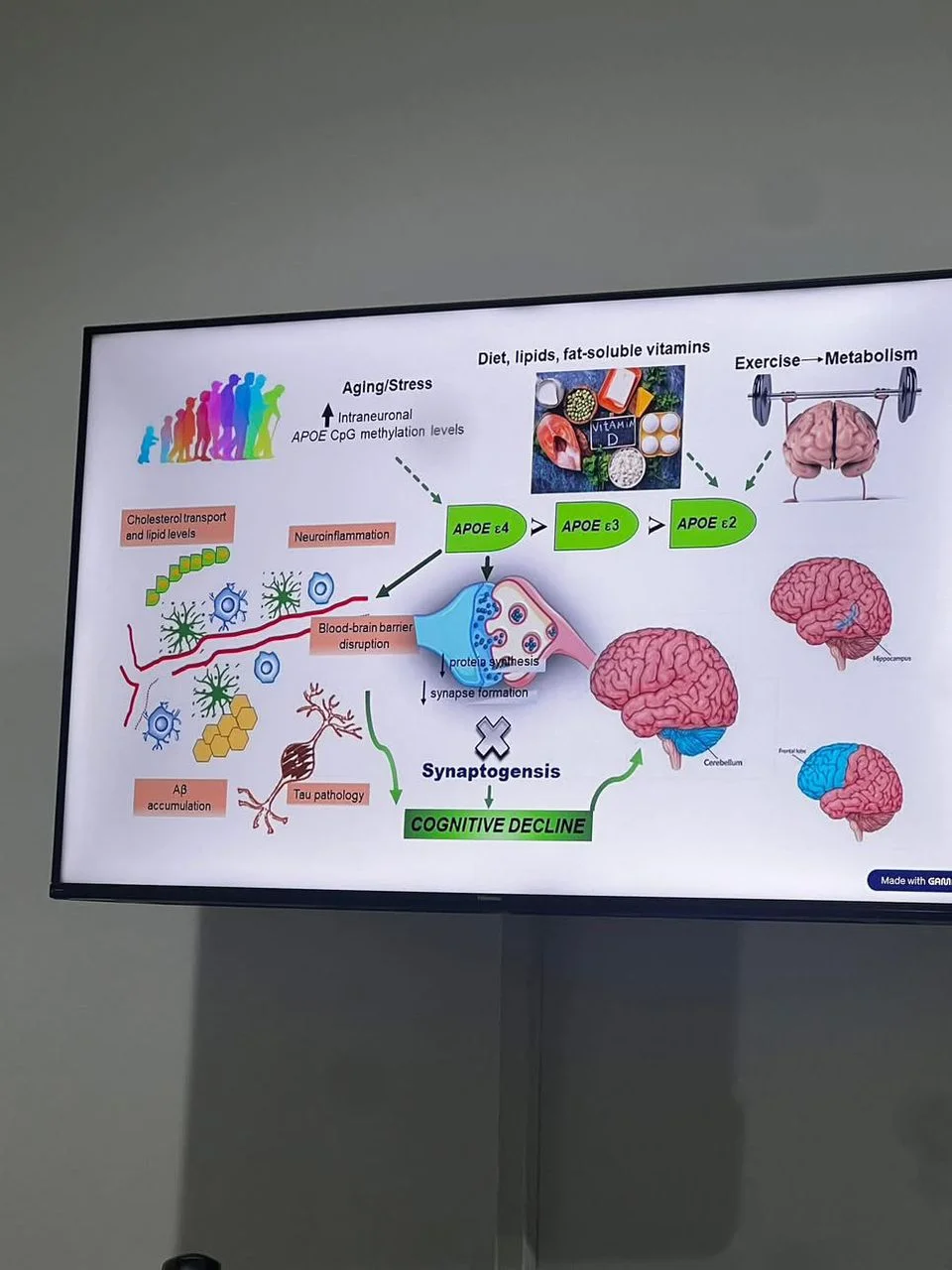The students of the department of finance and banking at the faculty of business administration, received a lecture on bank credit, presented by Prof. Saad Al-Sahbi, on the components of the credit on which the financing is based, the requirements of the economic feasibility study, the treatment of bad debts, and the similarities between conventional and Islamic finance.
It is indicated that credit is the operations of lending and borrowing because those who own money do not necessarily have to be able to invest themselves, and the credit would transfer this money from the first group to the second group as a loan, and this may be done directly between the owner of the money and the borrower and it is called direct credit, and various other aspects that are done by banks.
Credit through banks is a contract for lending money or granting facilities (financing assets, goods, etc.) between two parties, one of which is the bank and the other party is called the borrower customer. This contract results in a profit margin for the bank (interest, return on investment) or (Murabaha return, Istisna’ or commission In Islamic banks) in return for paying this amount that was granted to the customer over multiple agreed periods according to the terms of the contract



